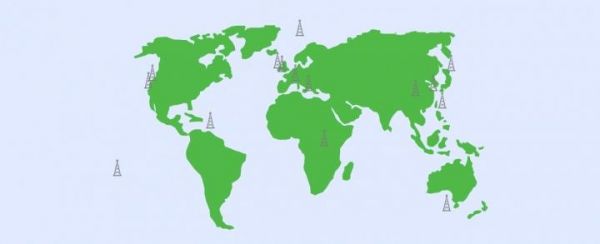On the heels of the first definitive signs of the ozone layer recovery last year, an international team of scientists discovered that production and emission of a banned, potent ozone-depleting chemical is on the rise again. A new research finding, published in Nature on May 23, locates the source region for about half of those new emissions. Since 2013, they found that an increase of about 7000 tons per year of trichlorofluromethane, or CFC-11, added to the atmosphere originates from eastern China.
Locating and identifying this particular source of CFC-11 was possible in part because of a NASA-supported monitoring network for atmospheric gases that has been in place since 1978.
CFC-11 was one of the first generation of ozone-depleting substances banned by the Montreal Protocol, an international agreement signed by 196 countries to protect the stratospheric ozone layer. The ozone layer protects life on Earth from harmful ultraviolet radiation. CFC-11 was completely phased out of production in 2010. Its reappearance in the atmosphere will likely delay the recovery of the ozone layer.
The discovery of increased CFC-11 emissions was first made by researchers in 2018 with observational data from the Mauna Loa Observatory in Hawaii, part of an ongoing activity at the National Oceanic and Atmospheric Administration (NOAA)'s Global Monitoring Division. In the United States, NASA and NOAA are charged with monitoring threats to the ozone layer under the 1990 amendment to the Clean Air Act.
Read more at NASA/Goddard Space Flight Center
Image: Banner Photo: Map of AGAGE network https://agage.mit.edu/global-network (Credit: AGAGE)


